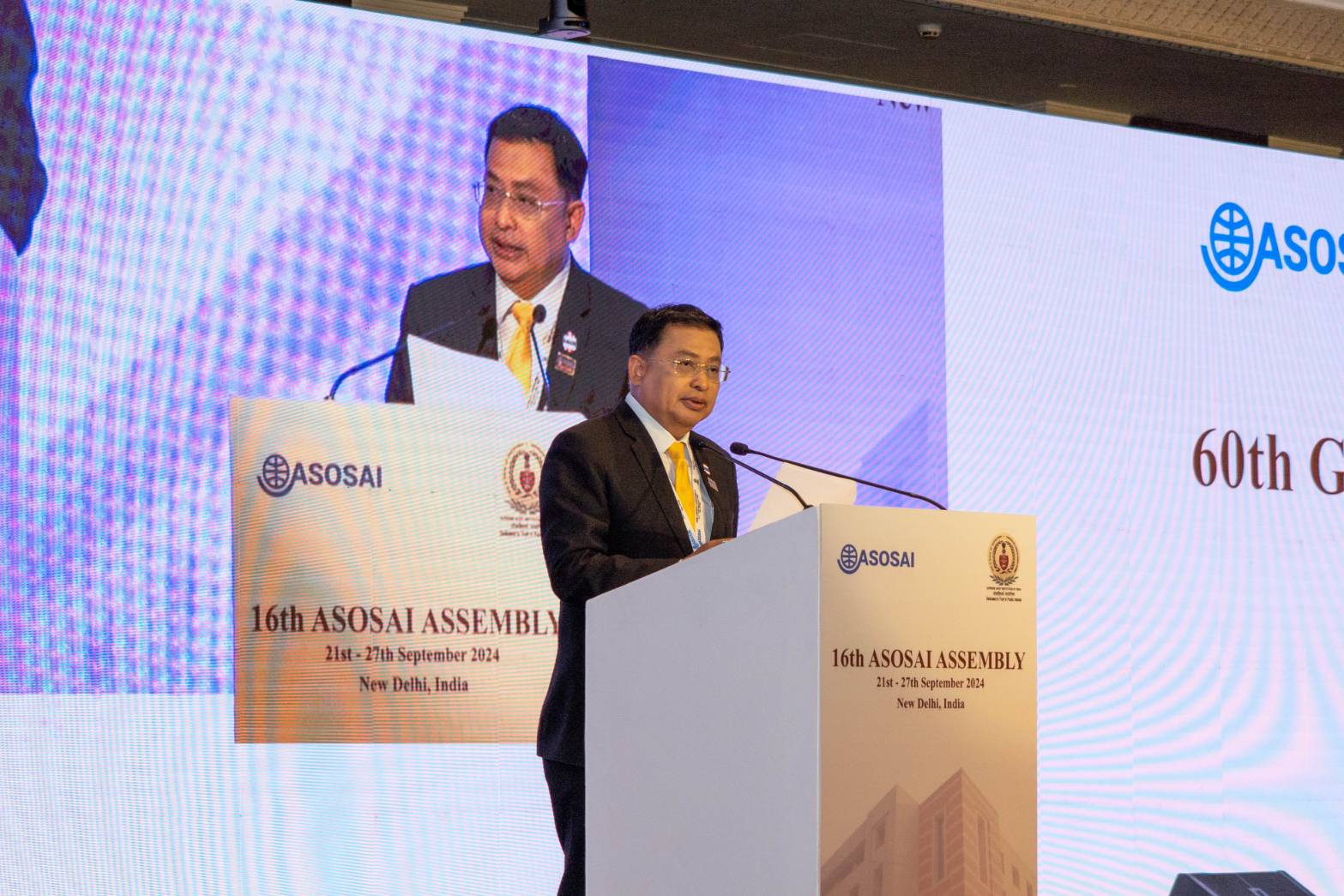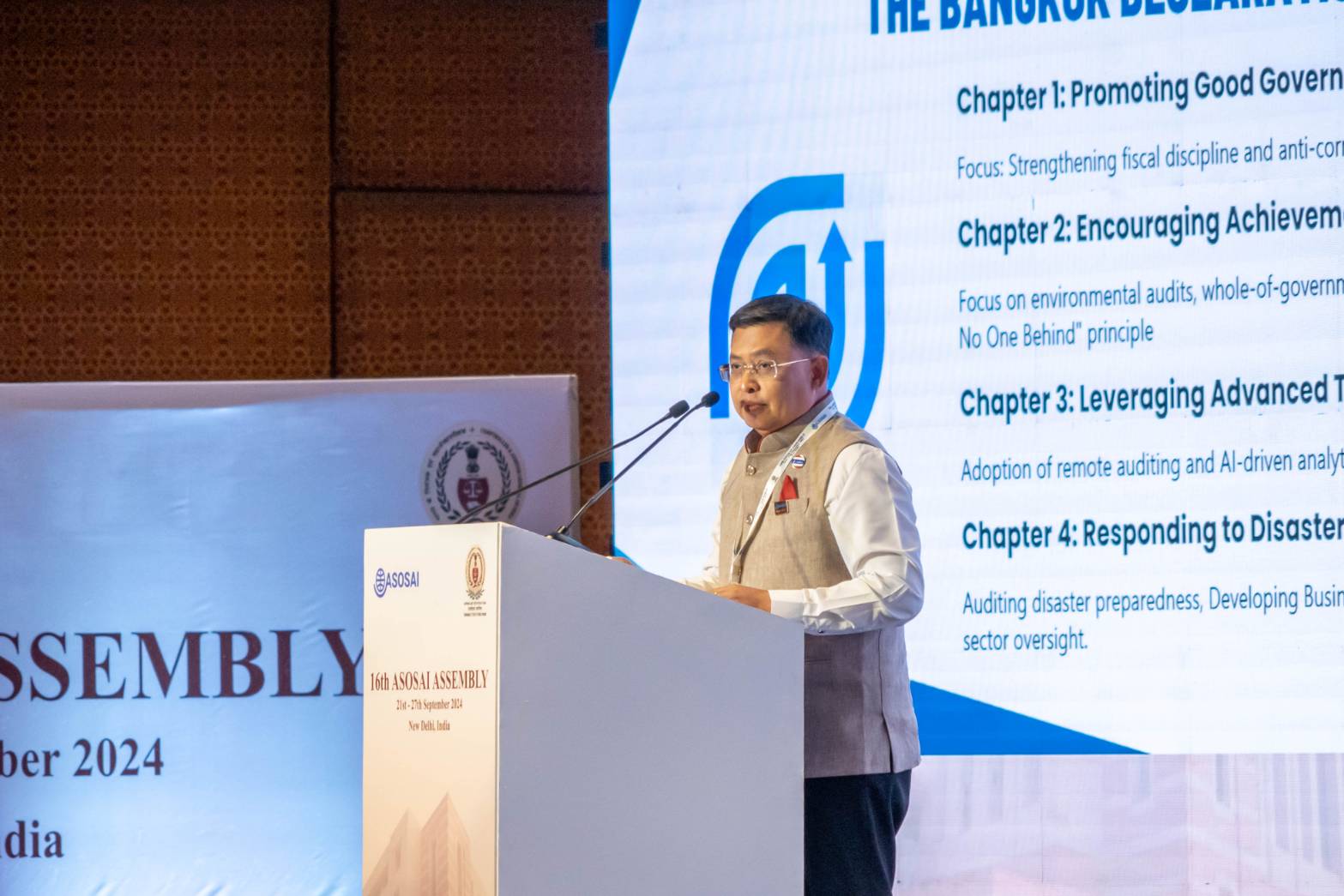In a world where economic uncertainties and regional disparities continue to shape the global outlook, the role of Supreme Audit Institutions (SAIs) has never been more critical.
The latest Chief Economists Outlook by the World Economic Forum (WEF) reveals a landscape marked by stabilization in the global economy but underscores vulnerabilities in public debt and divergent growth trajectories across regions. With inflation easing and global commerce showing resilience, policymakers are cautiously optimistic.
However, fiscal challenges, particularly high levels of public debt, continue to pose risks. These trends highlight a pressing question:
How can SAIs ensure that governments remain fiscally resilient and prepared for future economic shocks?
What Are the Key Economic Challenges?
From my humble view, I summarize the Chief Economists Outlook for eight significant economic trends that governments and public institutions need to address:
1. Economic Stabilization: The global economy shows signs of stabilizing, but vulnerabilities, especially in public debt levels, persist.
2. Inflation Trends: With inflation easing, it presents an opportunity for better economic management and planning.
3. Debt Concerns: High public debt and increasing debt-servicing costs are significant fiscal challenges for many countries.
4. Growth Variations: Growth prospects vary significantly by region, for example, with South Asia experiencing robust growth, while China’s economic outlook remains uncertain.
5. Resilient Commerce: Despite global challenges, commerce remains resilient, contributing to cautious optimism.
6. Fiscal Challenges: High levels of public debt limit governments' ability to prepare for economic downturns and structural changes.
7. Divergence in Growth: A growing divergence in economic growth prospects worldwide necessitates tailored economic policies.
8. Future Preparedness: Preparing for future economic challenges through sound fiscal policies and structural reforms is crucial for sustained economic health.
How Can SAIs Respond Effectively?
Supreme Audit Institutions are uniquely positioned to guide governments through these complex economic realities. By ensuring accountability, transparency, and prudent use of public resources, SAIs can serve as both watchdogs and partners in sustainable governance. I suggest how SAIs can address each economic challenge:
Monitoring Economic Stabilization and Public Debt
SAIs should conduct fiscal sustainability audits to assess government borrowing and spending strategies. Performance audits focusing on economic stabilization measures can help identify risks and recommend improvements, ensuring debt remains at manageable levels.
Evaluating Inflation Management Policies
SAIs can audit government policies on price stabilization and inflation control, examining the effectiveness and impact of monetary and fiscal policies. Ensuring transparency and assessing the social impact of
these policies are critical for maintaining economic stability.
Scrutinizing Growth Disparities
Growth patterns vary significantly across regions. SAIs can audit development projects to ensure they are equitable and effective, focusing on whether government efforts address local economic conditions and vulnerabilities.
Assessing the Resilience of Global Commerce
Auditing trade policies, logistics infrastructure, and support mechanisms for businesses can help identify areas for strengthening supply chains and enhancing resilience, ensuring that countries can withstand external shocks and disruptions.
Addressing Fiscal Challenges and Debt Management
SAIs should evaluate the sustainability of public finances, focusing on whether governments have robust contingency plans in place for future economic downturns. This includes reviewing reserve funds, debt-servicing strategies, and structural fiscal policies.
Supporting Tailored Economic Policies
With diverging growth trends, SAIs should assess the alignment of economic policies with national needs. By conducting policy effectiveness audits, SAIs can highlight whether government strategies are context-specific and adaptable.
Promoting Structural Reforms for Long-term Preparedness
Audits of structural reforms in labor markets, regulatory frameworks, and governance can provide insights into whether governments are preparing adequately for future economic scenarios. This foresight approach helps ensure resilience and adaptability.
Encouraging Future Preparedness through Foresight
SAIs should emphasize the importance of foresight in public auditing, encouraging governments to adopt forward-looking policies and incorporate risk management into their strategic planning.
The Strategic Role of SAIs in a Complex Economic Environment
The economic trends identified by the WEF pose both risks and opportunities. To response this complex landscape, governments need the support of robust oversight institutions that can provide insights and recommendations grounded in evidence.
Supreme Audit Institutions play a key role in promoting fiscal discipline, guiding structural reforms, and ensuring that public resources are managed prudently and transparently.
The three key messages for SAIs in this context are
1. Ensure Fiscal Sustainability: Through audits of debt management and fiscal policies.
2. Promote Resilience: By evaluating preparedness for economic shocks and disruptions.
3. Encourage Adaptability: By auditing structural reforms and supporting context-specific policy responses.
The future economic environment demands more than just oversight—it requires strategic engagement, foresight, and a commitment to fostering resilience and adaptability. SAIs must evolve to meet these challenges, ensuring that they remain not only the guardians of public funds but also the strategic partners in shaping a resilient and sustainable economic future.
Dr. Sutthi Suntharanurak

